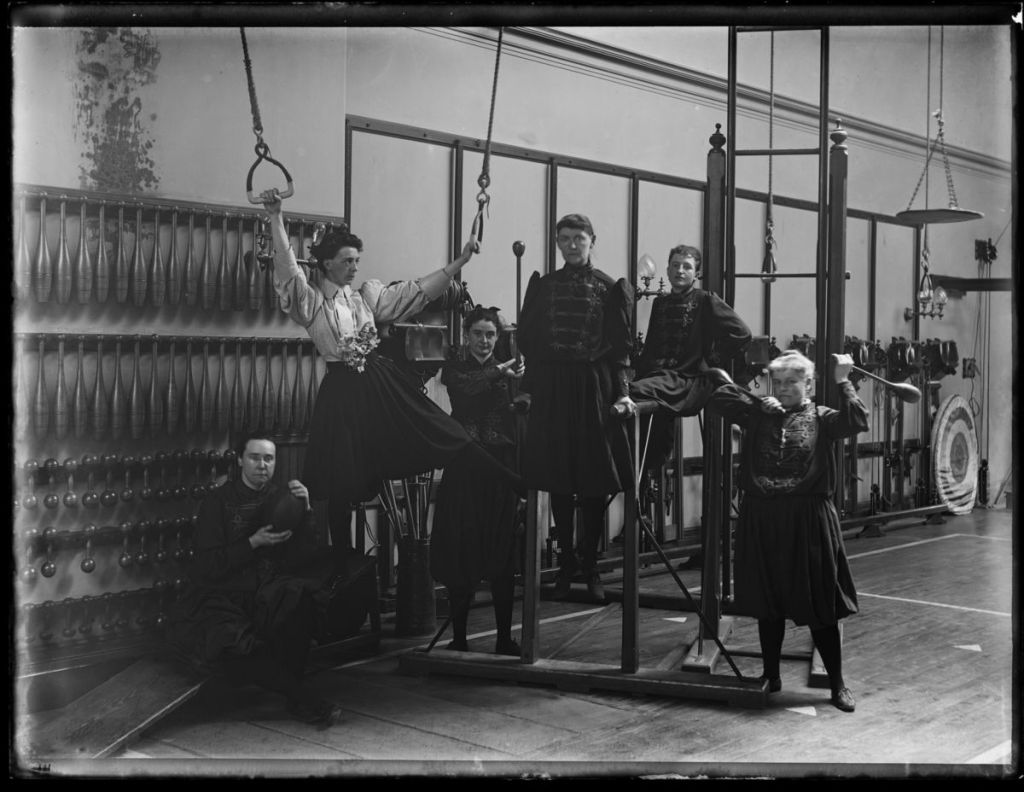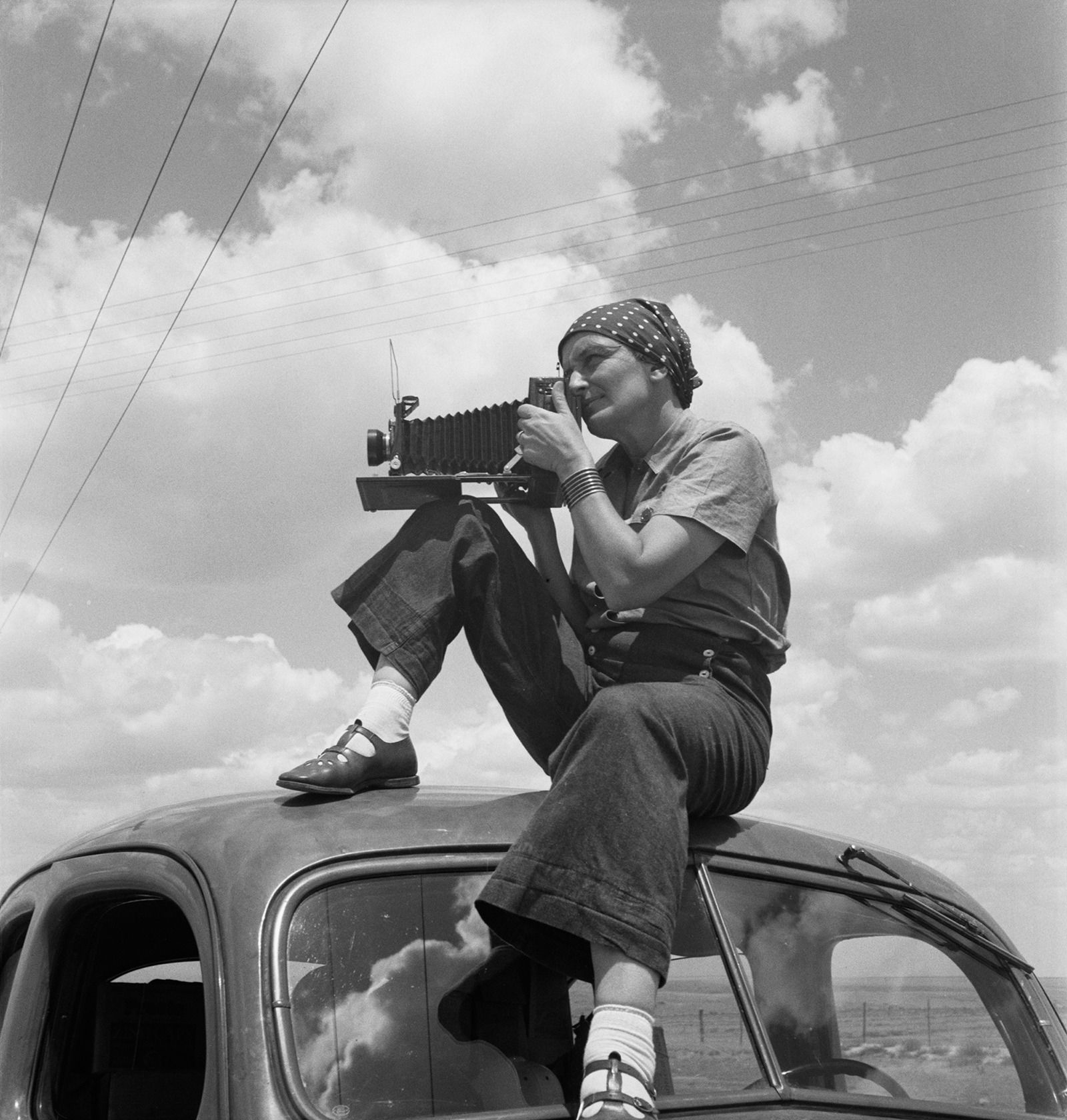Here’s our list of top 12 pioneering women photographers and their work. With strong conviction and passion for photography, these incredible women had not only left serious marks on the industry, but they also made significant contributions to the progress of gender equality— bringing the art of photography to new heights.
Anna Atkins (1799-1871)
Anna Atkins was a botanist, and one of the earliest woman photographers. Soon after she was introduced into photography by one of her father’s friends, the legendary Fox Talbot, she quickly embraced the medium and used it to record specimens. She



Julia Margaret Cameron (1815-1879)
Julia Margaret Cameron is considered one of the greatest portrait photographers of the 19th century. In 1839 she married a
Like many photographers in Victorian time, her portrait style included the imitation of the popular Tomanct and Pre-Raphaelite paintings of the day. Nevertheless, her portraits showed a measure of vitality which the work of many others of the time did not.




Lady Clementina Hawarden (1822-1865)
Lady Clementina Hawarden was a well-known portrait photographer of the 1860s. She first began to experiment with photography in 1857, taking stereoscopic landscape photographs before moving to large-format, stand-alone portraits of her daughters. In London, her photographic work flourished and she was able to convinced many of her friends to pose for her photographs.

Despite her relatively short life, Lady Clementina produced a large number of pictures in wide varieties. She was awarded a medal by the (then) Photographic Society, though she passed away before receiving the award.



Gertrude Kasebier (1852-1934)
Gertrude Kasebier was born in Iowa in 1952. She began taking photographs in the early 1890 and and opended her first portrait studio in New York City in 1897. She was the first woman to be elected to the Linked Ring, the prestigious photographic society and also a founding member of the Photo Secession. Through out her career,Kasebier’s work was widely praise by critics, especially her sense of “what to leave out”. She once said that her purpose of taking photographs was “not to inform, but to share an experience, to evoke an emotional response of the viewers”




Alice Austen (1866-1952)
Alice Austen was an American photographer. After receiving a camera at the age of ten, she has been taking pictures rigorously. On top of her interest in photography, she became one of the first woman to be involved in documentary work. Through her photographs, she also challenged oppressive Victorian conventions by embracing individuality and independence. In 2019, the Alice Austen House was officially designated a national site of LGBTQ history by the National Park Service.




Emma Barton (1872-1938)
Emma Barton was from Birmingham, England. At the peak of her artistic career, Barton was perhaps the most published female photographer of her day and many of her works rose to international acclaim. She was awarded the Royal Photographic Society Medal in 1903 for her series The Awakening. In 1904 she had her first solo show at the Royal Photographic Society. The following years, she was awarded a $100 prize at the Second American Salon and had exhibitions in France, America, England, and Germany.
In 1922 Barton took up autochromes and produced a series of portraits involving the re-working of Pre-Raphaelite pieces.





Anne W. Brigman (1869-1950)
Annes W. Bringman is an American





Frances Benjamin Johnston (1864-1952)
Johnston received an education in art in Paris and Washington and worked for periodicals, writing and illustrating her article. She then began to take her own photographs and opened a studio in Washington in 1890. Johnston was very popular among celebrity clients and had several assignments for the White House. In 1897 she published an article titled “what a woman can do with her camera” as one of her efforts to promote greater recognition of woman in photography. In 1990, she then continue to collected 148 works by 28 women photographers for exhibition in Russia and at the World Exhibition in Paris. Today, she’s also known as the pioneer of photojournalism.



Agnes Warburg (1872-1953)
Agnes Warburg was born in London and took up photography after being inspired by her elder brother’s career. During her career, she was an early experimenter of the autochrome and



Berenice Abbott (1898-1991)
Berenice Abbott is one of the most important photographers of the 20th century. She spent six decades taking pictures across genres. Her work series, “Changing New York” (1929-1939) is generally considered to be one of the most iconic photographic projects has ever created. Besides her of photographs of architecture and urban design of the 1930s, Berenice is





Dorothea Lange (1895-1965)
Dorothea Lange is best known for her iconic photograph Migrant Mother. She’s one of the most influential documentary photographers of the 20th century whose career spanned more than four decades. When she returned to California at the height of the Depression, she felt compelled to take her camera out on the streets of San Francisco which later led her to work with the Farm Security Administration as a documentary photographer. During World War II, she photographed the horrible dislocation and internment of the Japanese Americans to raise awareness of the atrocity. Lange continued to publish high volume work focused her lens on human suffering in the hope of influencing social and political reform. Her extensive series of work was exhibited in a one-person show, an astonishing accomplishment had only been done by 6 photographers before her at the Museum of Modern Art (MoMA).




Martha Holmes (1923-2006)
Matha Holmes was an American photographer and photojournalist. She was the leading figure at Life magazine during the 1940s before decided to continue her career as a freelancer for another three decades. At the height of her career she photographed numerous iconic images that earned her top 10 female photographers of the nation in 1950. Holmes’s photographs were published in major publications such as People, Redbook, Coronet, and Collier’s magazines and exhibited worldwide including The National Portrait Gallery and the Louvre.




To see the work of today’s talented artists visit our home page or follow us on Instagram for the latest update and daily dose of inspiration. ?

missing here Vivian Maier